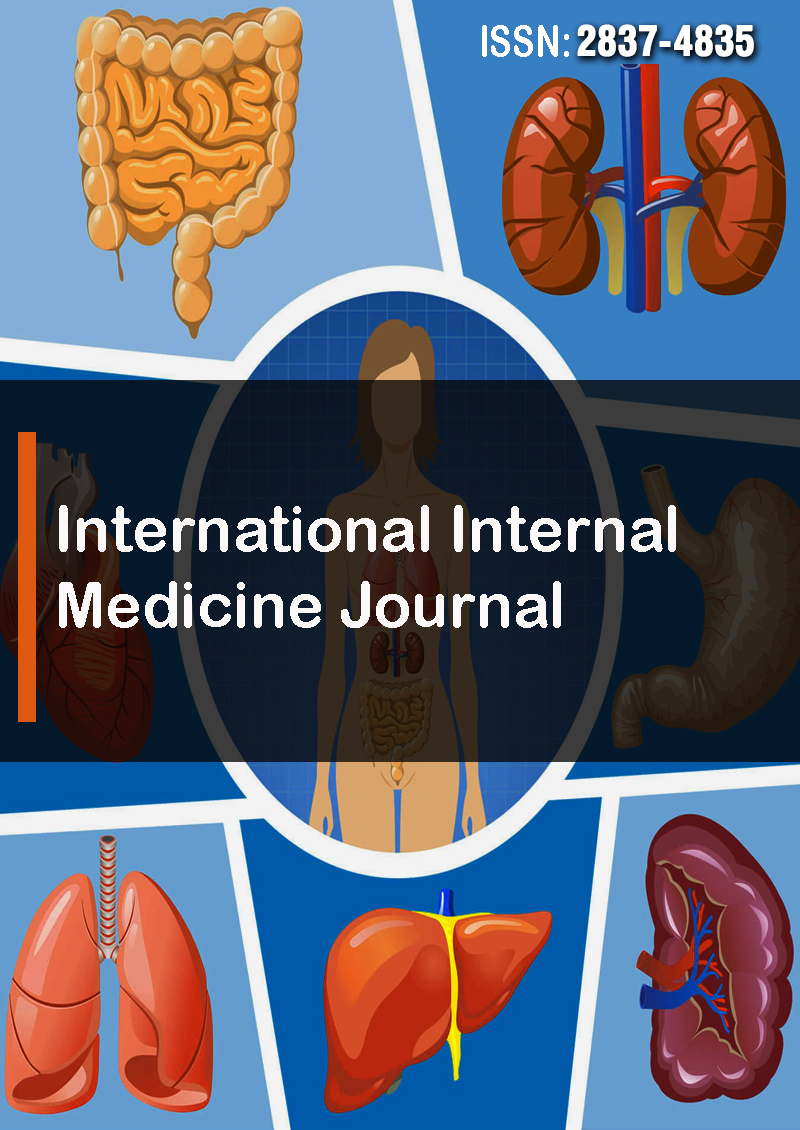Assessment of Malaria Related Anemia and Underweight in Under-Five Age Children in Estie Woreda, South Gondar Zone of Amhara Region, South East Ethiopia
Abstract
Damtew Bekele and Tensay Kumie
Background: Malaria remains a challenging health problem in malaria endemic regions. Malaria associated anemia represent a major public health problem in sub-Saharan Africa. Both, anemia (reduced in hemoglobin level) and under- weight in terms of (weight-for-age) was a critical problem of malaria directly or indirectly. The objective of this study was to assess malaria related anemia and malaria related underweight among under-five years age children in Arushe wan- qat kebele. Children’s were selected through systematic random sampling technique to select the first children from new vital event registration master list of Arushe wanqat kebele, and then totally 364 children were included. Parasitological, hematological and anthropometric measurements were conducted. Questionnaire survey was also used in order to assess malaria related anemia and weight on children whose age were below five years. Data was analyzed using SPSS soft- ware version 20 and was presented in frequency, table, pie chart, bar graph and percentage form. Analysis of Variance (ANOVA), correlation(r), and Chi-square (X2) tests were used to verify the possible association between Plasmodiums pecies, anemia, and underweight at different age (in months).
Results: Prevalence of Plasmodium falciparum accounted for 101(27.8%), Plasmodium vivax accounted for 84(23.1%), and mixed infection (both P. falciparum and P. vivax) also accounted for 14(3.8%). The correlation (r) between Plasmodi- um species and hemoglobin concentration (r = 0.628; p = 0.000); Plasmodium species and weight measure (r = 0.77; p = 0.000). The prevalence of malaria related anemia and underweight were 70.4% and 51.3%, respectively. Plasmodium fal- ciparum is the most prevalent species and a notorious cause of anemia among children who were less than five years old. Both anemia (reduction of Hb. in g/dl) and underweight have a positive linear relationship. Malaria-related anemia was also more prevalent than malaria-related underweight among children. The result of the study indicates that there was a strong association between malaria and anemia (association is significant between Plasmodium species and hemoglobin concentration; p < 0.05); there is also an association between malaria and weight loss or underweight (association is significant between Plasmodium species and weight-for-age z-score; p < 0.05) at different age groups.
Conclusion: The prevalence malaria-related anemia among children in Arushe wanqat kebele was 38.67%.On the oth- er hand, the prevalence of malaria-related weight loss or underweight among children in Arushe wanqat kebele was 28.02%. So, the findings of this study also revealed that malaria remains a public health problem that contributes for anemia and underweight on under five children.



